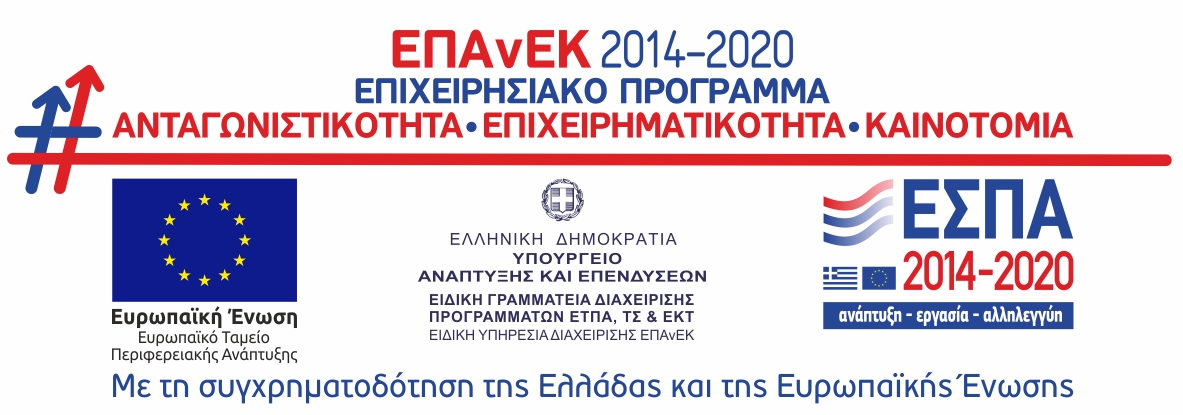Contained in this per web site, we amassed step 1,000 users out-of heterosexual men and you will 1,000 users out of heterosexual women. Users check for users via geographic area, years, and gender strain.
To be sure a geographical dispersion off pages, we picked equivalent variety of users of four major towns and cities in addition to urban, suburban, and you can outlying portion: La, Denver, il, Atlanta, and you can New york. I randomly picked zip requirements off all the five areas to search for profiles. Inside for every zip code, for every gender, we after that randomly chosen profiles one of five a long time: very early younger adulthood (old 18–31 years; letter = 1,000; Yards = , SD = step three.17), late younger adulthood/early midlife (aged 29–forty-two years; letter = step one,000; M = , SD = 5.61), later midlife (aged 50–64 ages; n = step 1,000; Yards = , SD = 3.99), and you will older adults (aged over 65 many years; n = 1,000; Meters = , SD = cuatro.29). We put this type of stratifications in order to guarantee a full age groups off relationship pages from inside the testing. Because older adults classification could make use of to 30 years, we treated decades given that a continuing changeable rather than because a group variable in the analyses.
Out of per reputation, we extracted: gender, years, ethnicity, in addition to “Regarding the Myself” otherwise “In my own Words” free response section. In order to guarantee anonymity off reputation editors, we didn’t receive additional market advice (e.g., degree, spiritual needs, income) that will serve as pinpointing recommendations. The newest sampling system is portrayed into the Second Appendix A great .
The fresh take to ranged within the ages from 18 to 95 age. An independent t-decide to try shown zero difference in mean decades for females (Meters = , SD = ) and you can dudes (M = , SD = ). This new overview of ethnicity throughout the shot is actually 70% White/Caucasian, 11% Black/Ebony, 7% Hispanic/Latino, 2% Western, and ten% mixed race/other.
Reputation articles
We used the LIWC app to research the message of profiles. This program computes the brand new frequency and you may size of certain kinds of words in this a text document. The new LIWC program compares for each word of a book file with an interior dictionary of greater than 4,500 terminology assigned to word groups. This study received into 11 based LIWC groups: first-people just one pronouns, first-people plural pronouns, friends, family unit members, really works, end, money, fitness, sexuality, confident feelings, and you may bad feelings. Desk step 1 consists of example terms inside each one of the LIWC category (for additional information off these codes, see LIWC, 2007).
I together with created a group of terminology having elegance unavailable in established LIWC kinds. I used strategies to own build regarding LIWC classes ( Tausczik & Pennebaker, 2010) Kirgisistani kvinner med dating of the creating a thorough range of terms from dictionaries, thesauruses, questionnaires of early in the day browse, and conditions produced by the study party. Then, we selected 25 conditions very user of attractiveness predicated on appearance into the thesauruses and you can participant solutions (age.g., cute, good-lookin, good-looking, hot). The new attractiveness classification is actually nearly totally different from the new sexual group, with only you to overlapping phrase (sexy). Advice towards the attractiveness category also are utilized in Table step one; for the over list of terminology regarding the appeal group, find Additional Dining table step one .
Analytical Approach
We very first checked detailed analytics to your dimensions of terms and conditions some one of various many years included in its matchmaking profiles. I including generated illustrative figures portraying the most used words.
I next looked to theory investigations having fun with average least squares regression. The outcome parameters within investigation were this new proportion from terms and conditions fitting each of the twelve groups on the LIWC analyses. New LIWC kinds were all absolutely skewed considering the number from zero philosophy (we.e., new member didn’t use any conditions regarding group). We went for each investigation that have a rectangular-options conversion process (familiar with target low-normality for the past education with the LIWC; DeAndrea, Shaw & Levine, 2010; Hirsh & Peterson, 2009). The fresh trend off findings was similar shortly after using the transformations. Getting easy translation, results are exhibited utilizing the untransformed LIWC class analysis. The separate changeable are ages, treated given that a continuous variable. We in addition to included gender.



